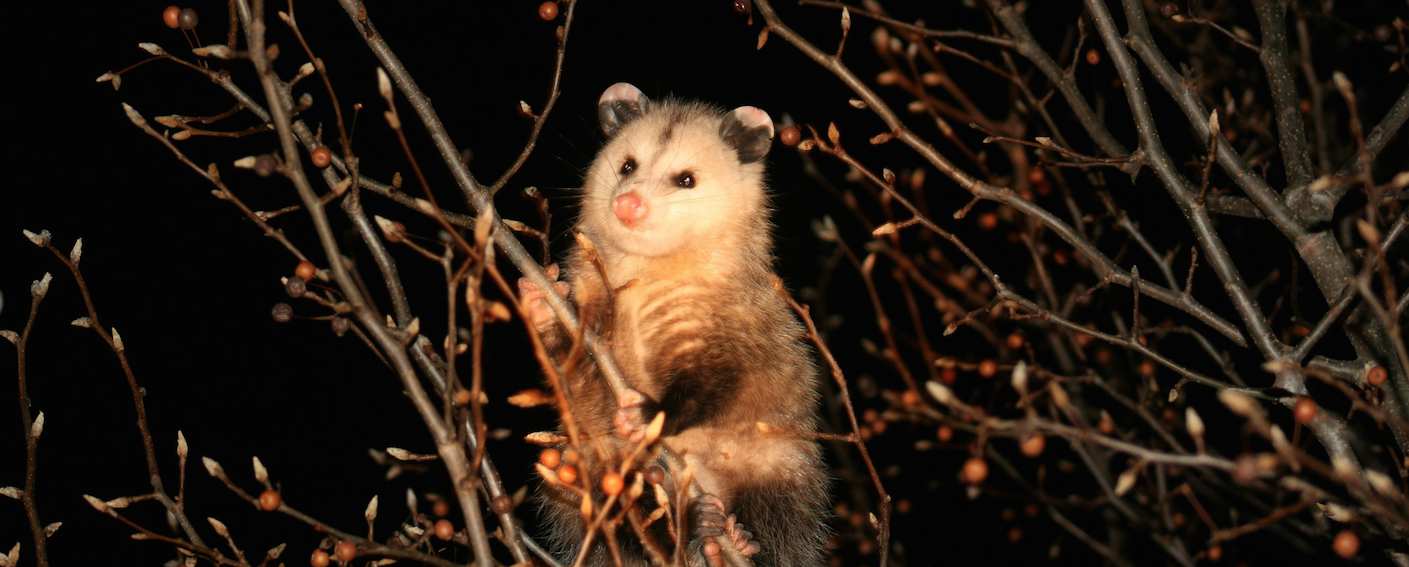New Scientist
Image: England
Talk about vibrant nightlife. We thought the threat of predatory dinosaurs forced early mammals to become nocturnal. But it looks like their ancestors were night owls long before that.
We can tell when an animal is most active by looking at its eyes: big ones are a sign of nocturnal habits, while smaller eyes indicate an animal is active during the day, or diurnal. Eyes don’t fossilise, but a bony ring that surrounds some animals’ eyes does, revealing eye size in extinct animals and hinting at what time of day the animal was active.
Mammals don’t have this ring, but it was present in the mammal-like reptiles or “synapsids” they evolved from. So Lars Schmitz at the W.M. Keck Science Department in Claremont, California studied the bony rings of 300-million-year-old synapsid fossils.
With Kenneth Angielczyk at the Field Museum of Natural History in Chicago, he found many synapsids were most active at night. When mammals appeared 100 million years later, they may have inherited their nocturnal ways from synapsids. Read more on newscientist.com…








